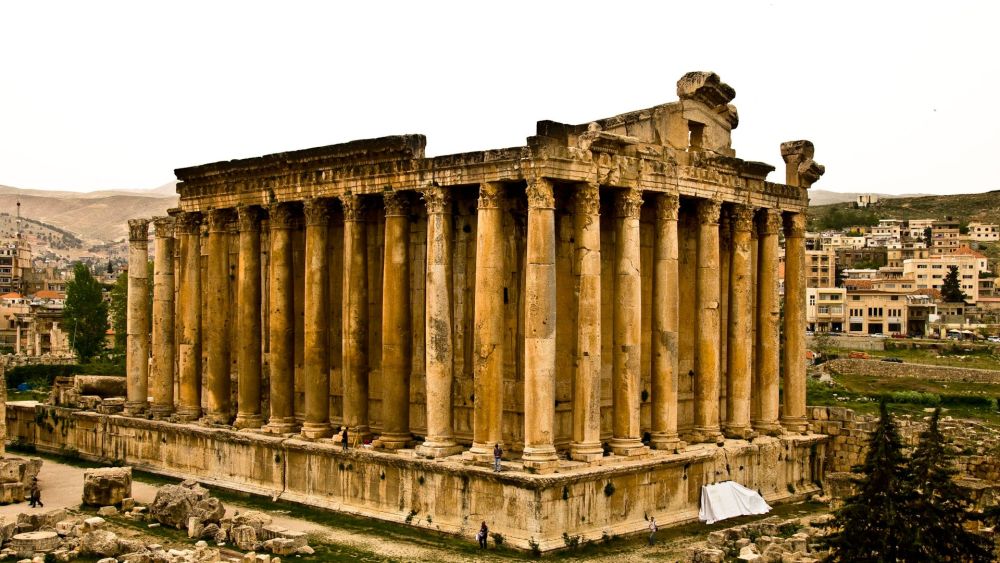

Baalbek, located in the Bekaa Valley of Lebanon, is home to some of the most impressive and well-preserved Roman ruins in the world. Known for its grandiose monuments, Baalbek has been a point of attraction for tourists for centuries. The complex, originally known as Heliopolis during the Hellenistic period, was a flourishing site for the worship of the Phoenician sky-god Baal and the sun god Helios.
The actual construction of the Baalbek complex began during the reign of Augustus in the 1st century BC and continued for over 200 years. It includes the Temple of Jupiter, one of the largest Roman temples ever built, and the nearby temples of Bacchus and Venus. During the Byzantine era, Christians converted the temples into churches, and the site later became a fortress for Muslim rulers.
Tourism in Baalbek started to flourish in the 19th century when European adventurers and scholars began to take an interest in the ancient ruins, with their accounts and sketches of the site sparking curiosity and interest in the Western world. Lebanon’s independence in 1943 led to investments in the country's infrastructure, making sites like Baalbek more accessible to tourists worldwide.
However, the Lebanese Civil War between 1975 and 1990 severely affected the tourism industry, and Baalbek was often at the center of conflict. Despite these challenges, the historical significance of the Baalbek ruins prompted the international community to advocate for their preservation. In 1984, UNESCO designated Baalbek as a World Heritage Site, cementing its status as a crucial site for global cultural heritage.
After the end of the Civil War, Lebanon started to rebuild its tourism sector. Baalbek has regained its reputation as a must-see destination for history buffs, architectural enthusiasts, and cultural tourists. In recent years, the Baalbek International Festival, one of the oldest and most prestigious cultural events in the Middle East, has been attracting visitors back to its ancient stones with performances of music, dance, and theater.
The latest trends in tourism for Baalbek and indeed much of Lebanon revolve around cultural and adventure tourism. Visitors are increasingly interested in the rich history and culture of the region, as well as activities like hiking in the nearby Anti-Lebanon mountains. Sustainable and responsible tourism is also becoming more significant, with efforts to ensure that the impact on the ancient site and the local community is minimized.
For modern travelers, Baalbek offers not just a window into ancient civilizations but also an opportunity to experience the warm hospitality that Lebanon is known for. Visitors can explore the expansive ruins, engage with local guides who offer insightful narratives about the complex history of the site, and enjoy the culinary delights of the Bekaa Valley.
Note to Visitors: While Baalbek is a jewel in Lebanon's tourism crown, travelers should stay updated with travel advisories from their respective countries and plan their trips accordingly, as the region can still be volatile.